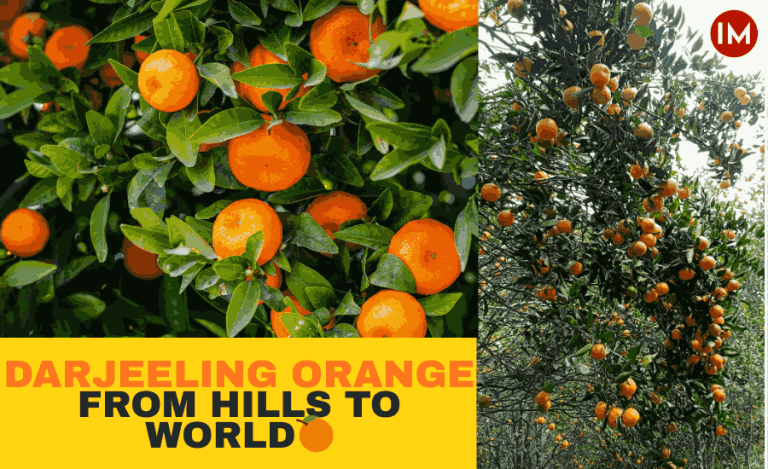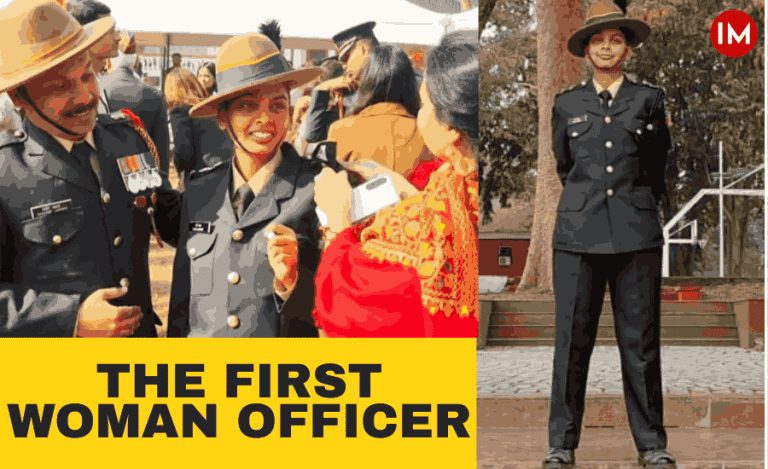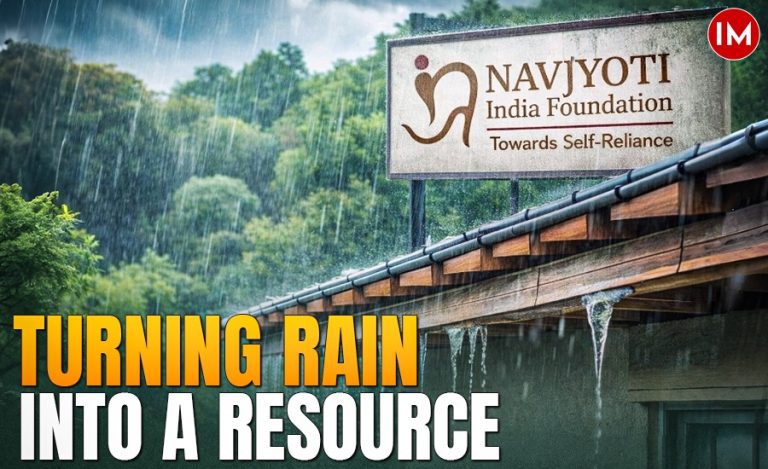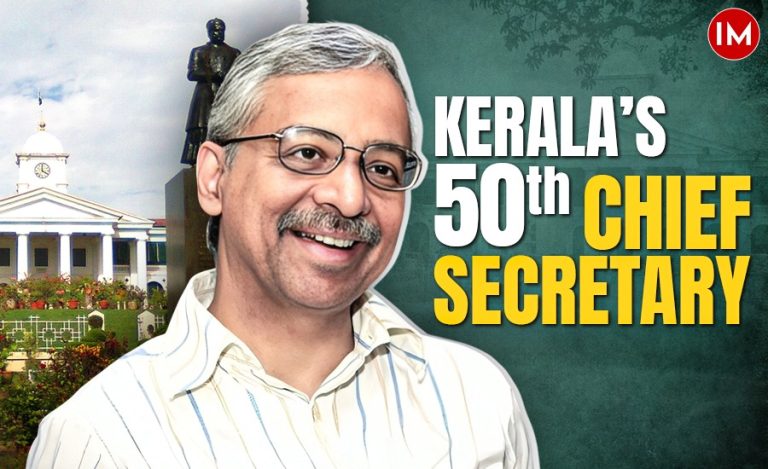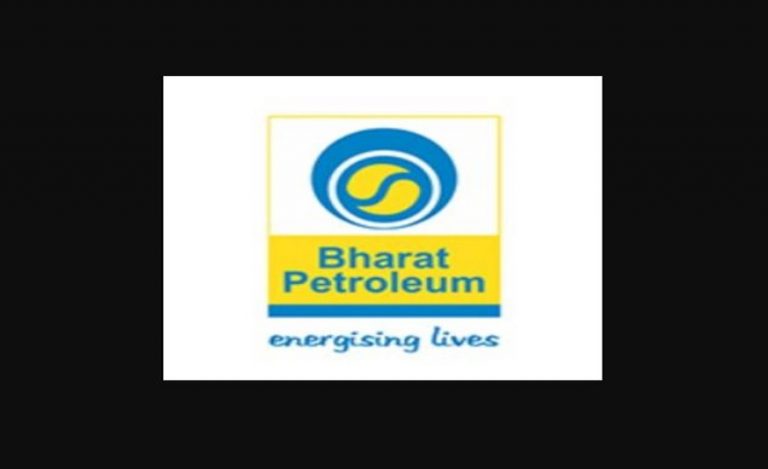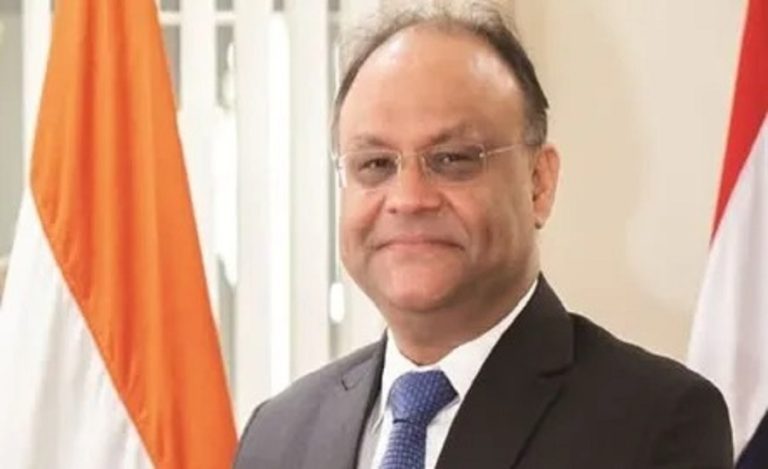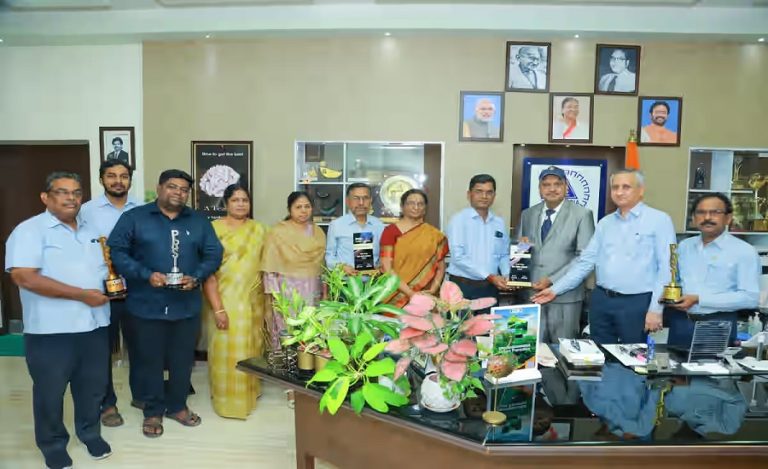A movement needs a cause, ideological construct(s), leaders, followers, foot soldiers, and most of all a chronicler who can leave an authentic narrative for posterity. For at the end of the day, ‘history is fickle, In what it decides to pickle!’
Chipko had a cause—trees had to be saved from felling (on which all were agreed). There were multiple world views—Sarvodaya, Marxist, social activism, rural livelihoods, ecofeminism, as well as the political demand for statehood for the highlanders—which often coalesced in a mass movement. Although the initial thrust came from the Dasholi Gram Swaraj Mandal, later Sangh (DGSS), a Gandhian institution started by Chandi Prasad Bhatt as a labour co-operative and centre for making agricultural implements and value addition from forest produce, it was the direct action of Guara Devi on 26 March, 1974 which spurred the movement. This was also the year when four young men-Kunwar Prasun, Pratap Shikar, Shamsher Bisht and the author (Shekhar Pathak) started the Askot – Arakot padayatra which has been repeated every ten years. Sunder Lal Bahuguna then took up the gauntlet against the Tehri Dam, which produced electricity and water for NCR but also led to the submergence of the old Tehri town. Gopal Singh Negi, the three-term Communist legislator from Tehri, balladeers like Ghanshyam Sailani and Kunwar Prasun, and foot soldiers like Murari Lal played pivotal roles in this struggle.
Last but not least, Shekhar Pathak, a chronicler par excellence, has left behind not a Sarkari gazetteer but a people’s history. His work is based on oral interviews with 192 participants, copies of FIRs, memoranda submitted to various government departments, working plans of the Forest Department, pamphlets, posters, press releases, handouts, slogans, and graffiti. It also draws from reports in national and local newspapers — from New Delhi-based Hindustan Times, Times of India, and Jansatta to Uttarakhand-based Nainital Samachar and B.D. Dhulia’s Karmabhoomi. Additionally, the book incorporates commentaries from journals like EPW, Down to Earth, and Dinman (Hindi), along with academic writings such as The Unquiet Woods by Ramachandra Guha, who was, in some ways, responsible for inspiring this work.
The backstory is as follows:. It was in The Unquiet Woods that Guha made the announcement that the author Shekhar Pathak had confessed to him that he would come out with an authentic history of the movement to set at rest ‘the many distorted versions of events and people connected with the movement’. There was ‘a crying need for a firmly empirical and thoroughly grounded report of the movement’, and the opportunity appeared when the author got an opportunity to write the Hindi version of the present book under the title Hari Bahri Umeed during a fellowship year at the Indian Institute of Advanced Studies at Shimla, a salubrious place for reflection and scholarship. There could have been none better than Manisha Chaudhary, the founder editor of Pratham Books and Kaali for Women to undertake this task of producing the English translation of this remarkable book – which has also been honoured with the Kamala Devi Chattopadhyaya award of the New Indian Foundation in 2022.
A Man to Match His Mountains
Spread over ten chapters, this thoroughly referenced and indexed book of 361 pages begins with an introduction by Ramachandra Guha : ‘A Man to Match His Mountains’. He compares Pathak, the tall and athletic man to his short and asthmatic self, and though their childhoods were spent in starkly different ecosystems, their work and interests bound them together in a brotherly bond which has resulted in this remarkable scholarship. In the first chapter, Chipko’s Homeland : A Geographical Introduction, we learn about the historical background, the rural environment, and the cultural diversity of the region which is now called Uttarakhand. In the next two chapters, the reader gets to know how different was the gaze of the EIC and the Indian tradition to the forest. For Indians, the forest was Aranya – the setting for philosophical discourse(s), for the EIC, it was a ‘commodity’ to be auctioned off to the highest bidder. This naturally led to resistance – Dhandaks, which were organized not just against the British Raj, but also the Maharaja of Tehri, who started looking at his forest wealth in the manner of his benefactors. The fourth chapter ‘The first shoots of Chipko’ tells the story of the Dasholi Gram Swaraj Sangh and of how Gaura Devi actually stopped the contractors from felling trees on the fateful day of 26th march 1974. The next is called ‘ The Struggle Spreads’. It tells us of how this Garhwal based movement now spread from Uttarkashi to Kumaon with concerted action to stop forest auctions.
Together, but not United
The sixth chapter ‘Chipko unites Uttarakhand’ delves into the formation of the Uttarakhand Sangharsh Vahini, the efforts of the Ram Naresh Yadav government to restart the auctions that had been stopped by the highlanders – HN Bahuguna and ND Tiwari – the resistance at Nainital, Adwani and Haldwani when the state brought in the PAC to control the agitation. Over time, the movement sprouted new branches and new contests : women versus men in Doongri Paintoli and baanj versus potato. This is covered in the seventh chapter, while the next goes on to describe the three streams of Chipko with an apt aphorism ‘together, but not united’. It lists the awards won by the principal adherents – Chandi Prasad Bhatt and Sunder Lal Bahuguna as well the organizations they represented. Bahuguna alienated many of his supporters with the VHP in the anti-Tehri dam protests and his refusal to accept the fallouts of ‘deep ecology’ on the lives, livelihoods, and entrepreneurship options for those living in the vicinity of forests.
The Living Lights of Chipko
The penultimate chapter discusses the leadership, organization and participation of this unique social movement, and also profiles – in addition to Gaura Devi, Chandi Prashad Bhatt and Sunder Lal Bahuguna – the lives of Kshemanand Shastri, Vidyasagar Nautiyal, Vimla Nautiyal Bahuguna, Man Singh Rawat, Ghanshyam Sailani, Govind Singh Rawat, Govind Singh Negi, Ramesh Pahadi, Rajeev Lochan Shah, Kamla Ram Nautiyal, Samsher Singh Bisht, Kedar Singh Rawat, Sudeshna Devi, Murari Lal, Shishu Pal Singh Kunwar, Anand Singh Bisht, Dhoom Singh Negi, Vijay Jardhari, Ram Raj Badoni, Puran Chand Tiwari (PCT), Pradeep Tamta, Balam Singh Janoti, Jagat Rautela, Diwan Dhapola, Chandra Shekhar Bhatt, Shasti Dutt Joshi, Raj Bahuguna, Nirmal Joshi, Vinod Pandey, Mahendra Bisht and Prakash Phuloria. Among the women activists were Kunti Devi, Balpi Devi, Kaushalya Devi, Geeta Devi, Pavitra Devi, Lakhma Devi, Sharadi Devi, Sauni Devi, Kanti Devi and Bachuli Devi. Many of them were arrested, and then asked if they faced any major difficulty during their internment, they smiled and said that their life outside (of jail) was equally, if not more grueling !
For readers who may be wondering why such a long list of names had to be listed, one has to remember that it was a people’s movement, which produced many leaders, and the above is just a small sample. The last chapter is aptly called ‘The Living Lights of Chipko’, for it is a work in progress through the campaigns of the DGSS, the Beej Bachao, Chetana, Nadi Bachao, and Raksha Sutra, Maiti and the Paani Rakho Andolans, the anti-mining and Baanj Abhiyan of Lakshmi Ashram newspapers like The Nainital Samachar and Aniket, the Himalayan Action and Research Centre, and the Van Panchayat Sangharsh Morcha.
Pathak ends his discourse by stating what all good historians must do – invoke the present by interpreting the past, but avoid the hubris of trying to predict the future !
This is a book that must occupy your mind space as well as your bookshelf !


